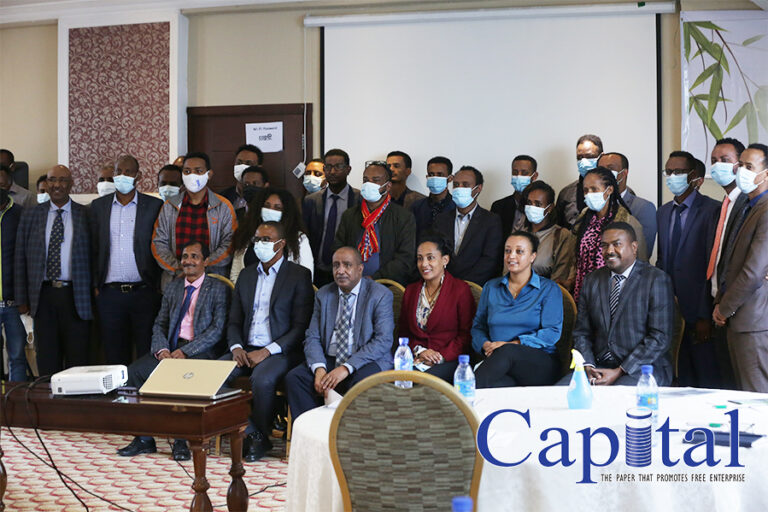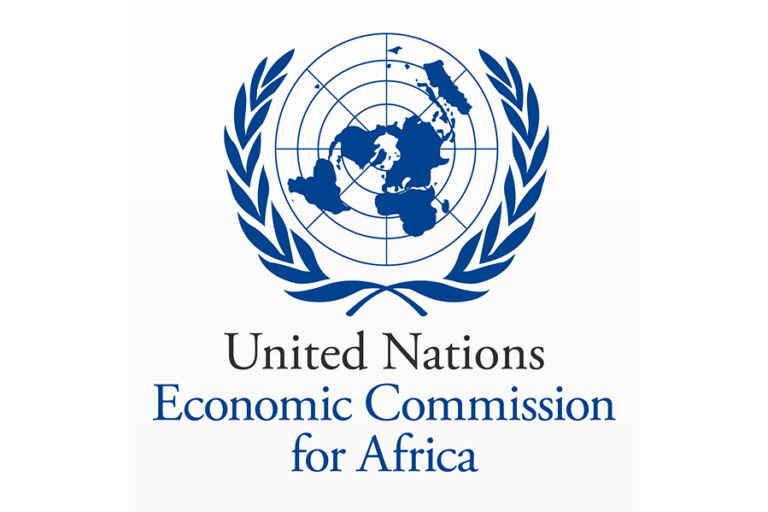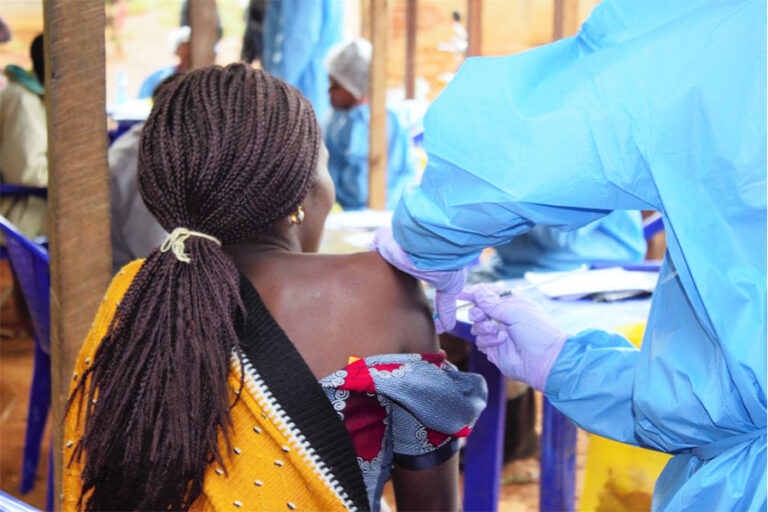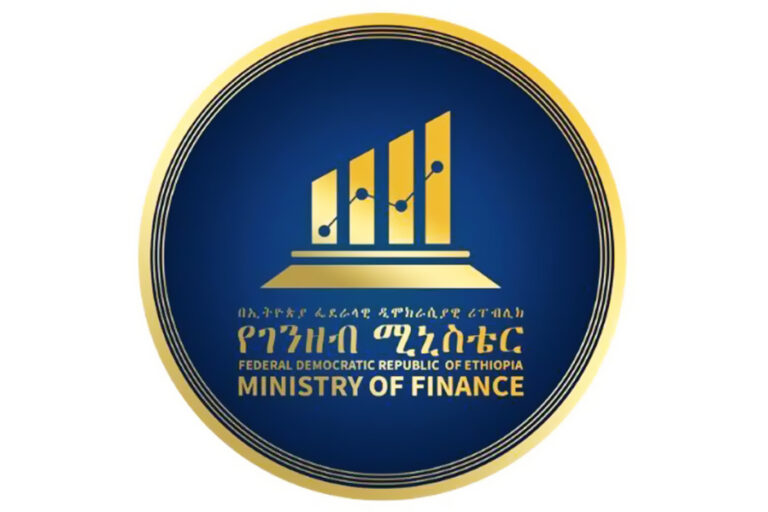Ethiopia has secured 54 million dollars in grant from the Chinese government to build a bamboo training center which could end up being the biggest center in Africa.
Ethiopia covers 60 percent of Africa’s bamboo product and has a huge potential in the sector, but the low investment and financial constraints in the sector are highly attributable to the low level of this resource employment in the country.
“Ethiopia is the primary grower of bamboo in Africa but is still far from the effective and efficient use of these resources. A large untapped bamboo resource base is available that could be used to generate large-scale employment, income, and socio-economic development, in addition to environmental benefits,” said Teshome Tamrat, Senior forest expert at Ethiopian Environment, Forest and Climate Change Commission.
Lack of skill to process the raw material and produce low tech and low cost products in line with the market demand are challenges the sector has been facing.
Building the center is one part of the national strategy to increase the advantage of the country in order for bamboo to take advantage of the available resource, and make Ethiopia the leading high value bamboo producer and supplier in Africa. As Teshome told Capital, the center is now under pre-implementation, which will be started as soon as the commission gets land for construction in Addis Ababa city.
Ethiopia has over 1.47 million hectares of land covered by bamboo, and over 3.5 million hectares of land suitable for bamboo development.
Bamboo resources are concentrated in seven regions of Ethiopia namely: Amhara, Benishangul Gumuz, Gambela, Oromia, Southern Nations Nationalities Peoples, Sidama and Tigray regional states. An estimated 750,000 people depend on bamboo-based economic activities. Furthermore, market studies and property test reports of indigenous bamboo indicate that a huge domestic market (import substitution) for timber substitute, energy, pulp and paper, furniture, and lifestyle exists in addition to the export market which is valued at USD 2.2 billion in 2018.

The Government of Ethiopia has accorded a high priority to the bamboo sector. In its 2016 – 2020 Growth and Transformation Plan (GTP II), bamboo has been targeted as a strategic resource for livelihood development and environmental management. The government proclaimed a 10 years strategy and action plan for bamboo sector development (2019 – 30).
To promote bamboo industries by properly implementing the strategy the government of Ethiopia, through FCCC, is collaborating with the International Bamboo and Rattan Organisation (INBAR) an intergovernmental development organisation that promotes environmentally sustainable development using bamboo and rattan at global level to coordinate bamboo development initiatives in the country.
Earlier this week, International Bamboo and Rattan Organisation (INBAR) launched a seminar to create engagement between bamboo producers and financial institutions to manage financial limitations of producers.
“We are working to create stakeholder platforms to raise awareness about the potential of the bamboo sector for investment, trade and development, for initiation of discussions on potential business collaboration among investors, entrepreneurs and monetary institutions,” said INBAR Dutch-Sino Program Manager, Selim Reza (PhD). Bamboo producers, investors, small and medium enterprise and different representatives of financial institutions had attended the seminar.
As part of the third-year green legacy initiative, the commission has planned to cover 20 thousand hectares of land by bamboo this season, over 56 million new bamboo seedlings were planted covering over 25 thousand hectares of land across the country.






